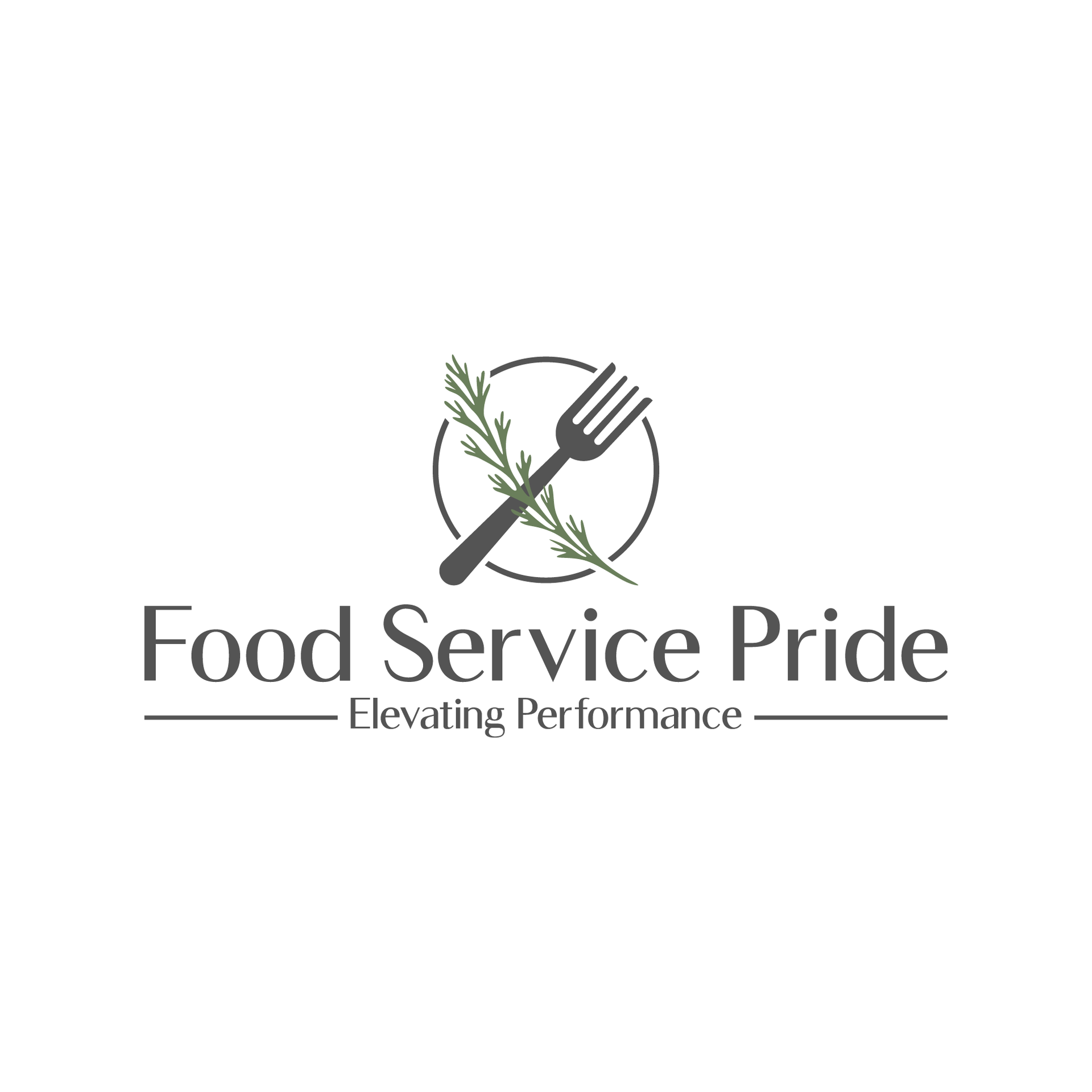University Dining Consulting Practices
1. Menu Development: Analyze current menus and propose innovative, sustainable, and nutritionally balanced options to cater to students' preferences and dietary restrictions.
2. Sustainability Practices: Implement a food waste reduction system, comprehensive recycling, food composting, sourcing local products, and implementing Eco-friendly packaging to promote environmental responsibility. Determine current carbon footprint and develop a reduction strategy.
3. Dietary Accommodations: Provide a process that informs and supports customers to create a safe & inclusive experience. Develop menu programs to support customers with food allergies and cultural preferences. Provide clear allergen information. Ensure that systems are in place to eliminate cross contact issues.
4. Food Safety Protocols: Review and enhance food safety protocols, including proper storage, handling, service and preparation procedures to ensure compliance with health and safety regulations.
5. Meal Plan: Complete meal plan analysis & survey. Consult with key stakeholders. Identify opportunities to expand voluntary meal plan purchases with students, faculty and staff. Explore flexible meal plan options, including a variety of dining venues, meal swipes, and grab-and-go options to accommodate diverse schedules and dining preferences.
6. Collaborations with Local Vendors: Foster partnerships with local farmers, suppliers, and food vendors to showcase regional flavors, support the community, and offer fresh, seasonal ingredients.
7. Student Engagement: Maintain ongoing communications and seek feedback through surveys, social media and focus groups. Leverage your staff to monitor student preferences, solicit suggestions, and ideas to improve overall dining experiences. Keep a daily pulse on satisfaction through comment cards and digital feedback systems.
8. Health and Wellness Initiatives: Promote health and wellness by offering nutritious choices, promoting mindful eating practices, and providing educational resources on balanced nutrition and healthy eating habits. Implement online nutritional resources for students and staff.
9. Staff Training and Development: Invest in staff training programs to enhance culinary skills, customer service excellence, and knowledge of food trends to deliver exceptional dining services.
10. Technology Integration: Utilize technology solutions such as mobile ordering apps, digital menu boards, and allergen-specific filters to streamline operations, enhance convenience, and improve communication with students.
11. Improving the financial performance: Review & update strategic plan, improve operational efficiency & maximize revenue sources. Implement cost-control measures such as inventory management, portion control, and supplier negotiations to reduce expenses. Maintain a market based pricing strategy for all products & services.
12. Promotions and Marketing: Utilize promotions, digital signage and social media to tell the story about the food. Enhance communications about special events, discounts and new offerings.
13. Operational Efficiency: Streamline operations by optimizing staffing levels, scheduling, and workflows. Invest in and fully leverage technology solutions for order processing, inventory tracking, and data analytics.
14. Collaboration with Campus Partners: Collaborate with students, clubs, organizations, faculty, and campus events to cater special functions, workshops, and meetings. Build strong partnerships within the college community.
15. Financial Analysis: Monitor key financial metrics such as food cost percentage, labor cost ratio, and profit margin. Use data analysis to identify trends, opportunities, and areas for improvement. Benchmark current performance against best in class performance.Enhance student satisfaction, operational efficiency and financial performance:
Restaurant Consulting Practices:
1. Concept Development: Collaborate on developing unique and appealing restaurant concepts that resonate with the target market, align with industry trends, and differentiate the brand from competitors.
2. Menu Engineering: Analyze menu offerings, pricing strategies, and profitability margins to optimize menu selection, pricing structure, portion sizes, and mix of high- margin items to drive revenue and customer satisfaction.
3. Operational Excellence: Evaluate operational processes, staffing levels, kitchen layout, workflow optimization, and supply chain management to improve efficiency, reduce costs, and ensure seamless operations.
4. Customer Engagement: Implement innovative customer engagement strategies such as loyalty programs, personalized marketing campaigns, and guest feedback mechanisms to build customer loyalty, drive repeat business, and enhance brand reputation.
5. Marketing and Branding: Develop cohesive branding strategies, digital marketing initiatives, social media campaigns, and experiential marketing tactics to boost brand visibility, attract new customers, and create a strong brand presence in the market.
6. Sustainability Practices: Integrate sustainability practices such as waste reduction, energy conservation, eco-friendly packaging, and sourcing local, organic ingredients to appeal to environmentally conscious consumers and promote corporate social responsibility.
7. Staff Training and Development: Invest in training programs to enhance staff skills, customer service standards, product knowledge, and conflict resolution abilities to deliver exceptional service and create a positive dining experience for guests.
8. Technology Integration: Leverage technology solutions such as point-of-sale systems, online ordering platforms, reservation management software, and data analytics tools to streamline operations, improve customer service, and gather valuable insights for informed decision-making.
9. Financial Management: Collaborate on financial analysis, budgeting, cost control measures, and revenue optimization strategies to maximize profitability, identify areas for improvement, and ensure financial sustainability in a competitive market.
10. Growth Strategies: Explore expansion opportunities, franchise development, partnerships, and market penetration strategies to drive business growth, enter new markets, and capitalize on emerging trends in the restaurant industry.
